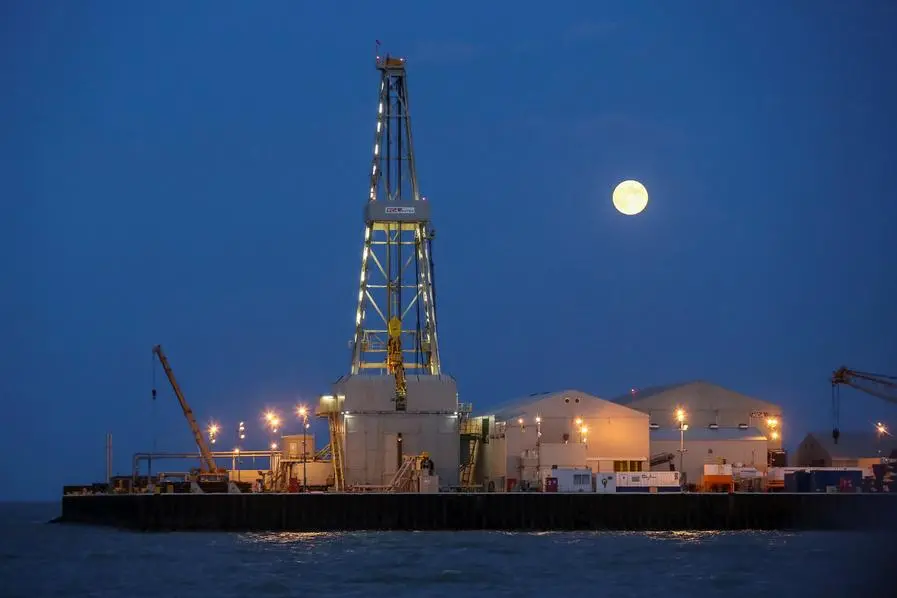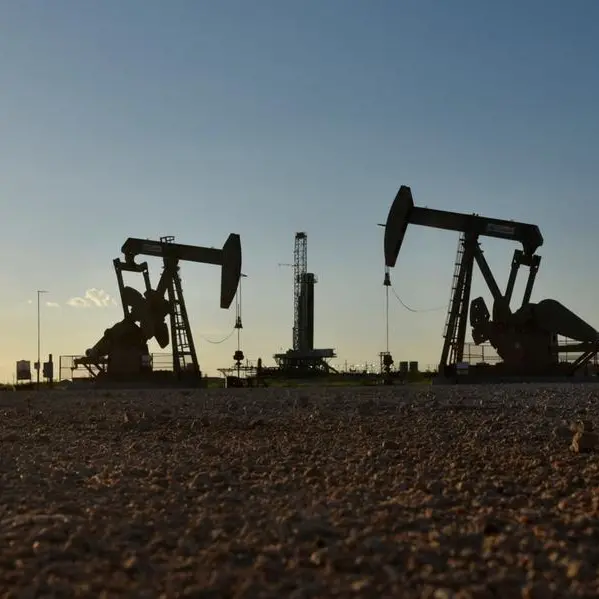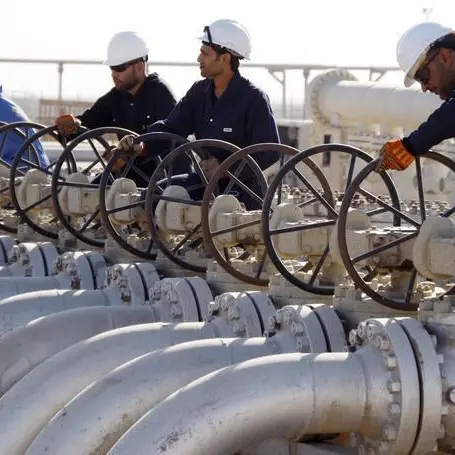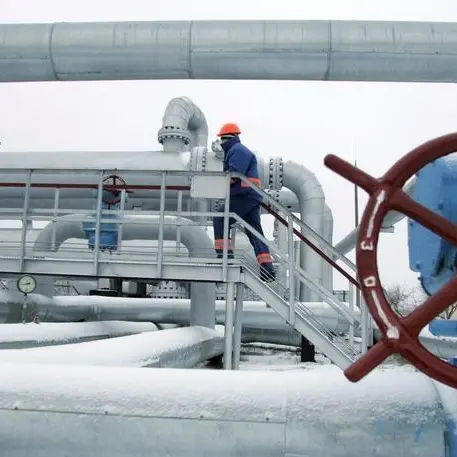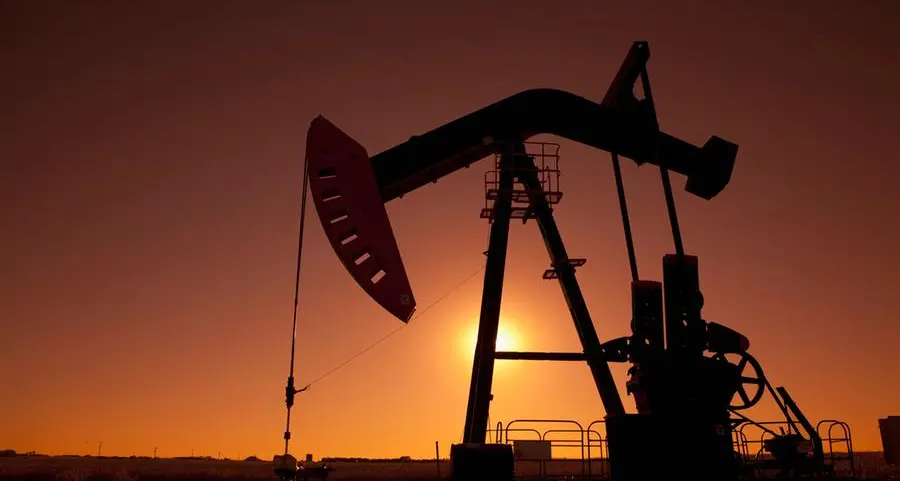PHOTO
Global oil demand will peak by 2029 and begin to contract the next year, the International Energy Agency said on Wednesday, while oil supply capacity is due to vastly outpace demand by the end of the decade.
The Paris-based energy watchdog sees supply capacity hitting nearly 114 million barrels per day (bpd) by 2030, or a full 8 million bpd above projected demand in its annual oil report.
"This report's projections, based on the latest data, show a major supply surplus emerging this decade, suggesting that oil companies may want to make sure their business strategies and plans are prepared for the changes taking place," IEA Executive Director Fatih Birol said.
Oil demand growth will plateau at 105.6 million bpd by 2029, the IEA said, before contracting slightly in 2030 as electric car use rises, efficiency improves and power generation moves away from oil.
Non-OPEC+ producers led by the United States will make up three-quarters of the production capacity increase to 2030, the IEA added.
"Spare capacity at such levels could have significant consequences for oil markets – including for producer economies in OPEC and beyond, as well as for the U.S. shale industry," the IEA said.
Demand growth will be driven mostly by emerging economies in Asia, especially by road transportation in India, as well as jet fuel and petrochemicals in China.
The IEA trimmed its 2024 oil demand growth forecast by 100,000 bpd to 960,000 bpd, citing sluggish consumption in developed countries, while a muted economy and uptake of green energy should bring 1 million bpd growth next year.
Those projections fall far below those of the Organization of the Petroleum Exporting Countries (OPEC), which on Tuesday kept its outlook for 2024 demand growth steady at 2.25 million barrels per day (bpd) and 1.85 million bpd for 2025.
(Reporting by Noah Browning; editing by Jason Neely and Jan Harvey)
